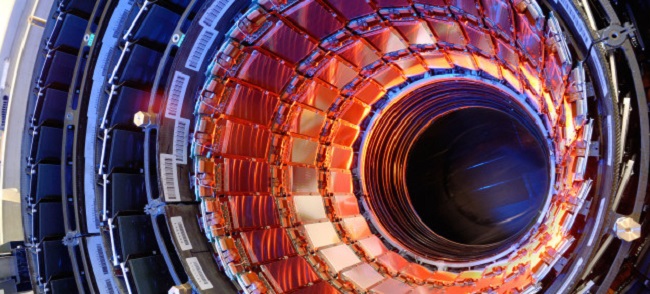
A little more than a year following the Large Hadron Collider’s Higgs boson proof, the facility discovers yet another key particle called the Z(4430) particle ─ the strongest, most direct evidence supporting existence of a new form of matter called the tetraquark.
Recall that quarks are subatomic particles, fundamental to the existence of all matter. In pairs, quarks form mesons and in triplets they form the protons and neutrons found in atomic nuclei. Quarks also combine to form the composite hadron particle, a component of the atomic nuclei, and are never directly observed. The hypostasized grouping of four quarks, called the Tetraquark, could not be proven with ordinary technology; however, the LHC is no ordinary piece of technology. It’s feats beyond compare to any other research facilities, harnessing the computational power of 170 computing facilities across 36 nations.
Now that the LHC detected the Z(4430), physicists can move from debating the particle’s existence, to confirming whether it’s actually a tetraquark. Suspected tetraquarks have been previously observed by the Belle detector at the KEKB accelerator in Tsukuba, Japan, back in 2008, but its legitimacy was questioned after the SLAC accelerator in Menlo Park, California, failed to reproduce similar results. LHC on the other hand, has analyzed 10 times the amount of data as either of the two other accelerators and has found at least 4,000 such particles.
Scientists must now piece together why the Z(4430) particle decay sat a rate 10 times faster than what fits the model of tetraquark behavior. As more data becomes available from the LHC, they will form a clearer understanding of whether Z(4430) is a tetraquark or something truly different.
arXiv via New Scientist
Advertisement
Learn more about Electronic Products Magazine





